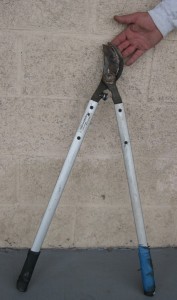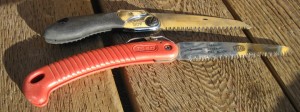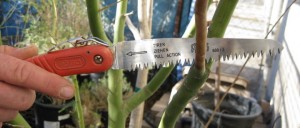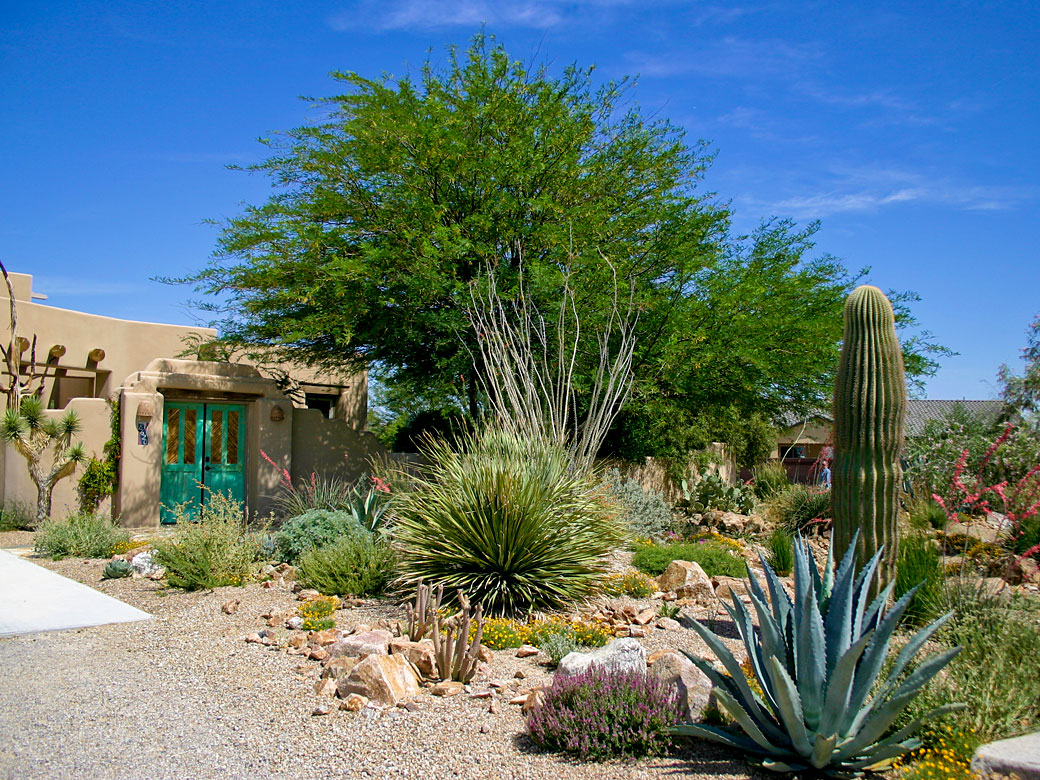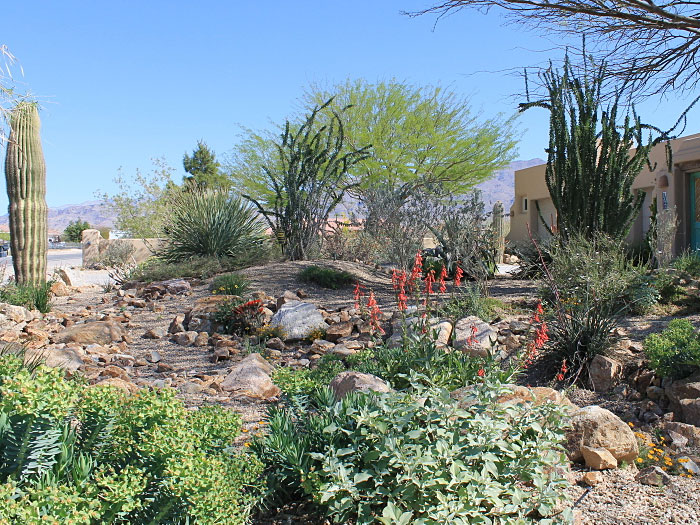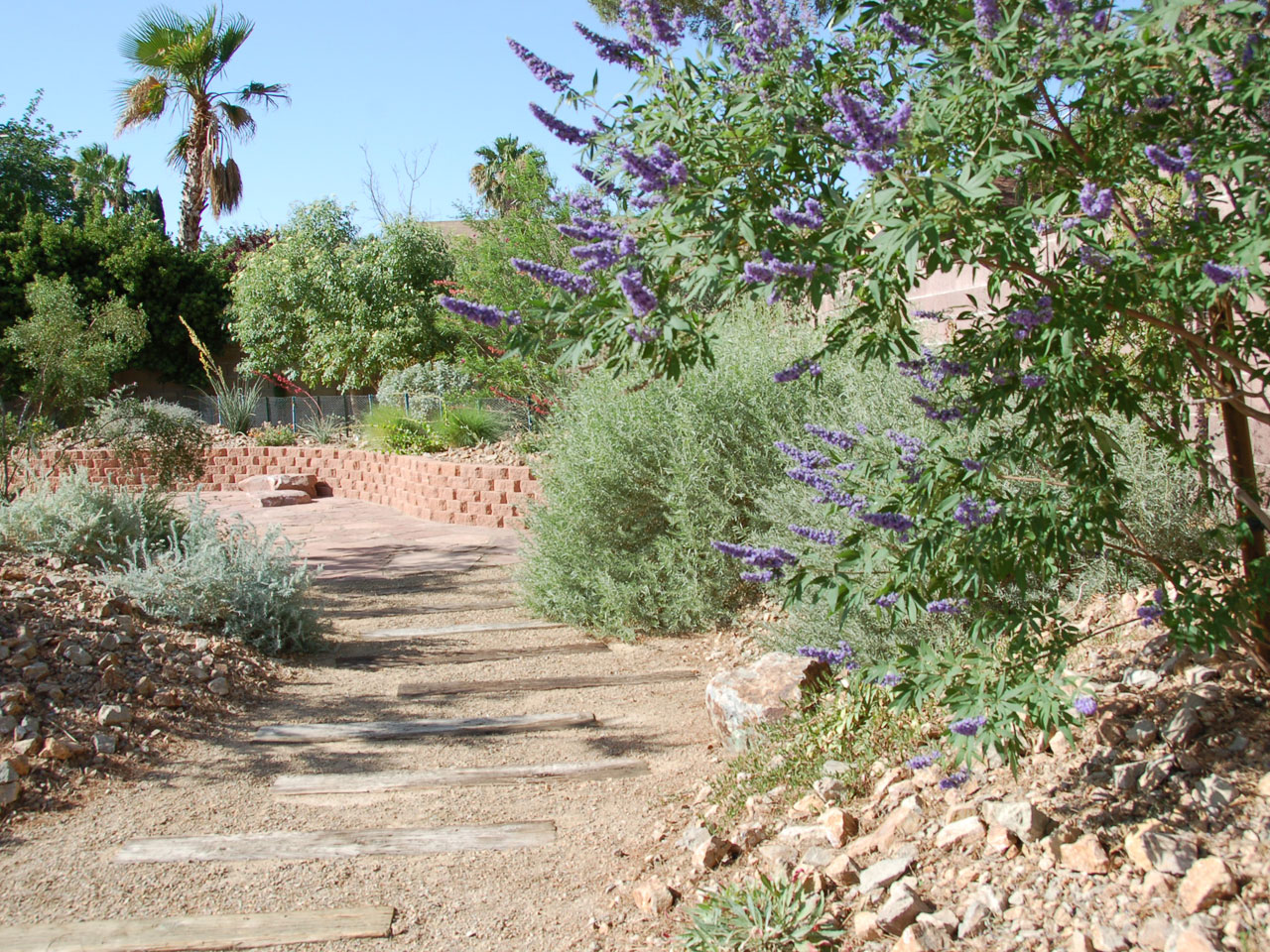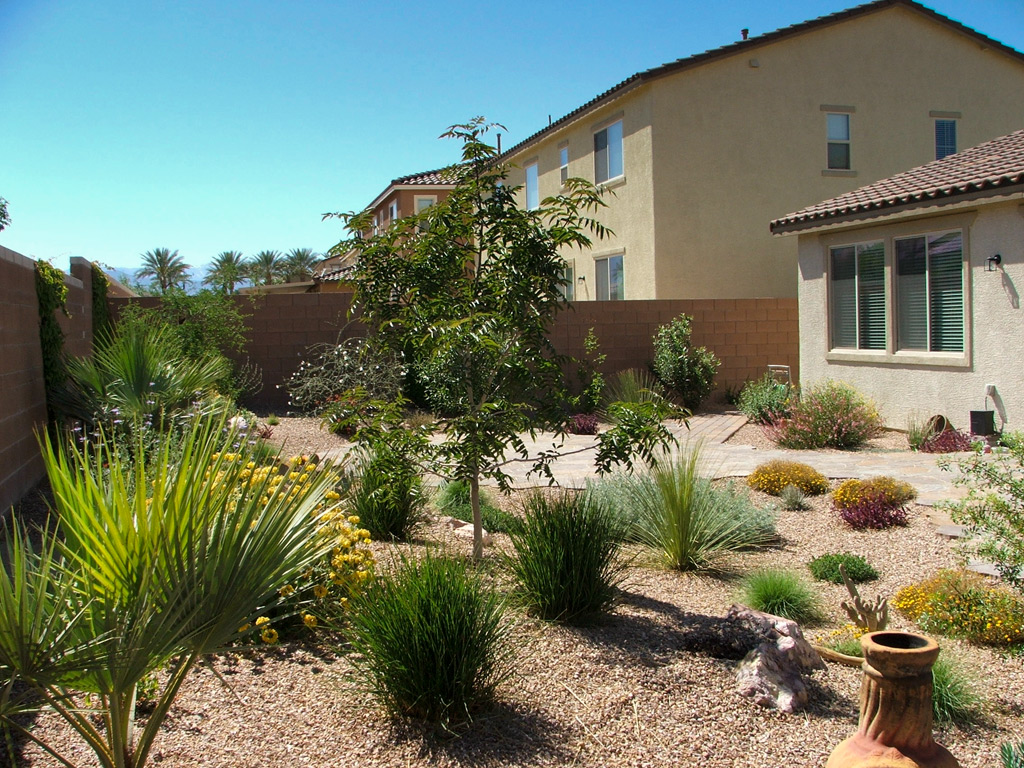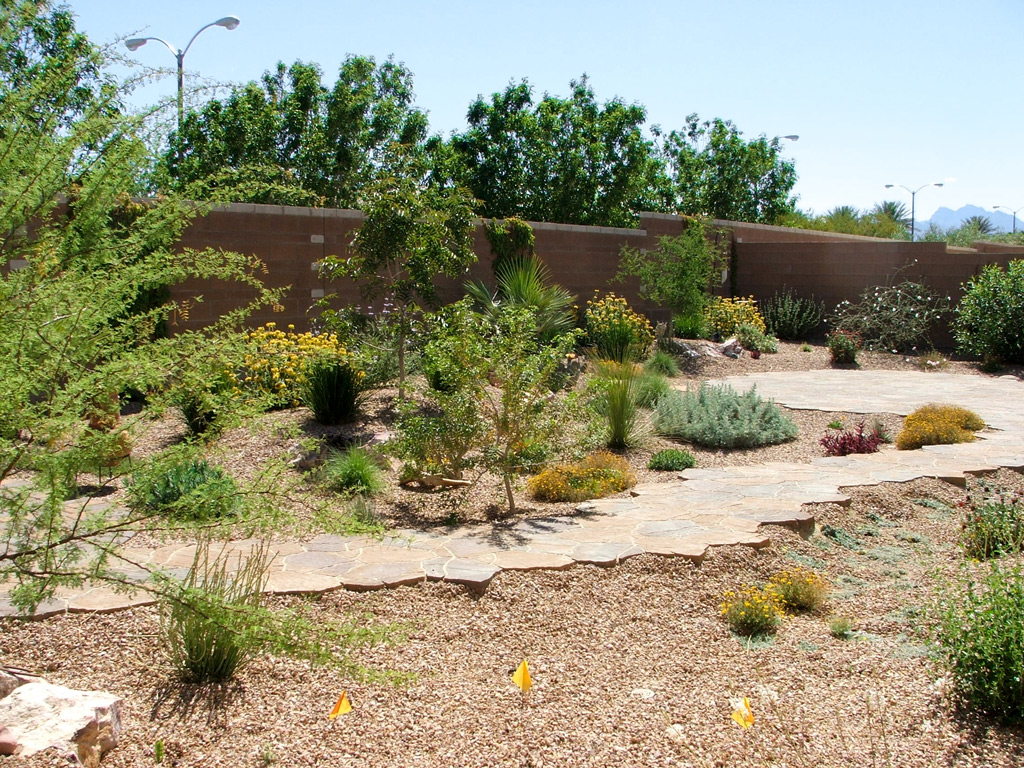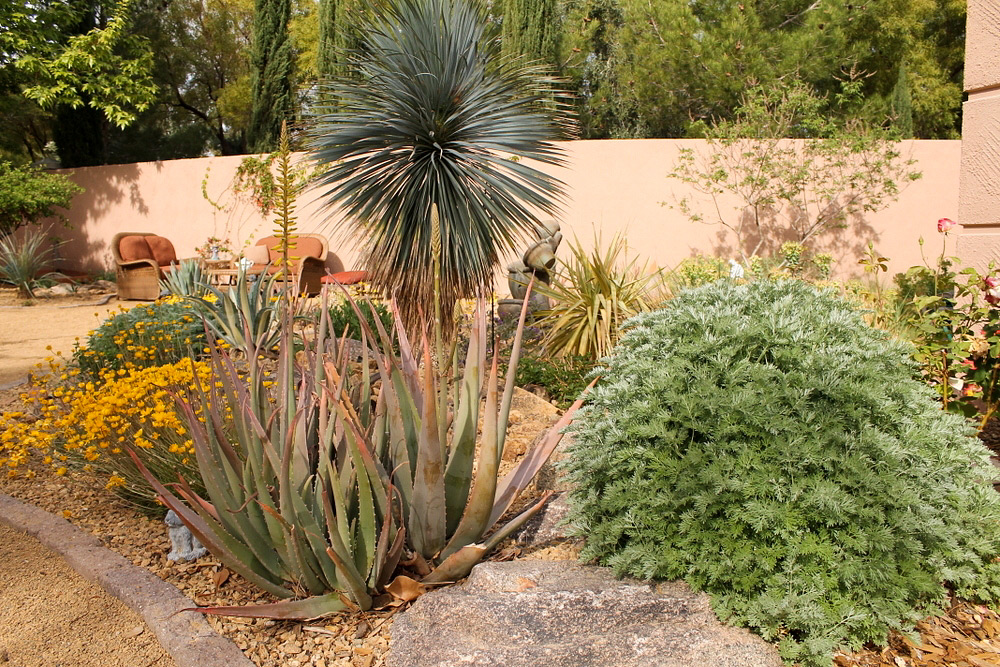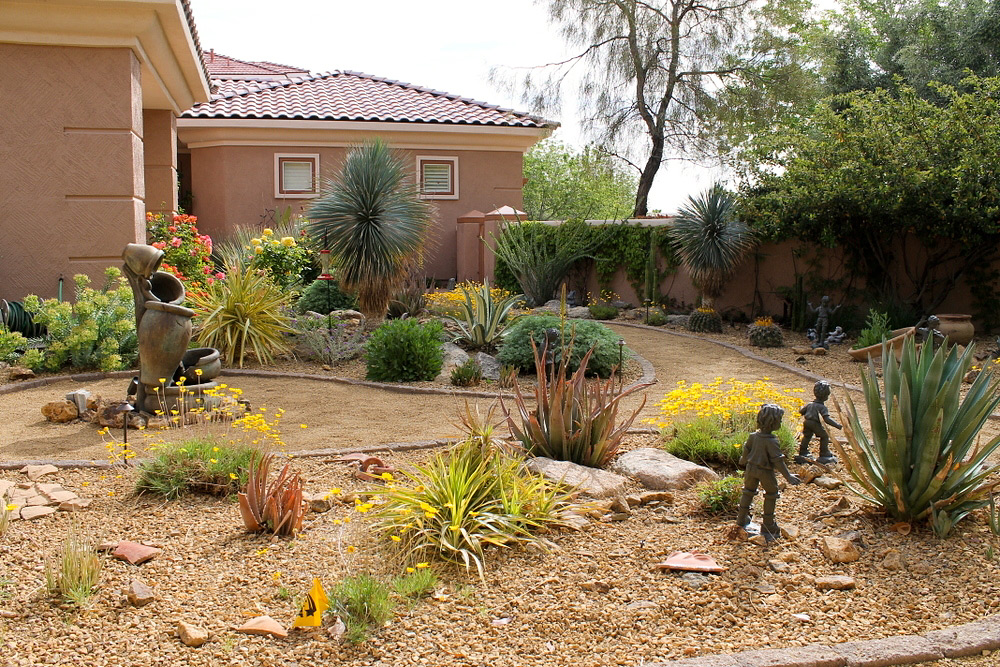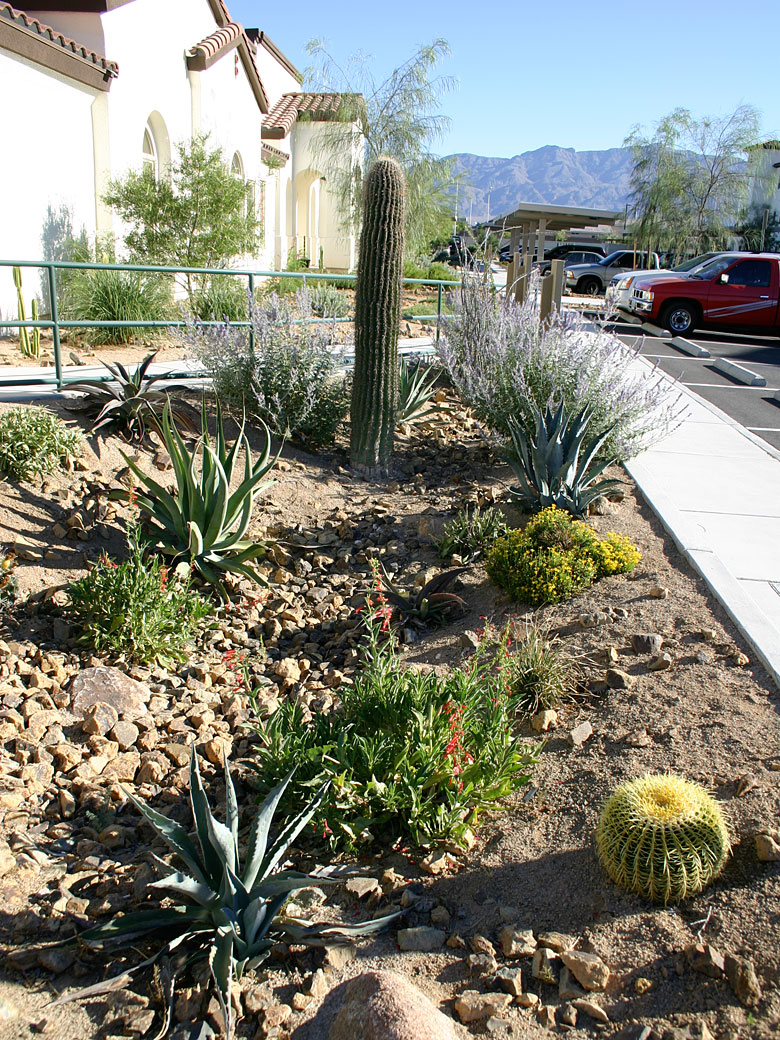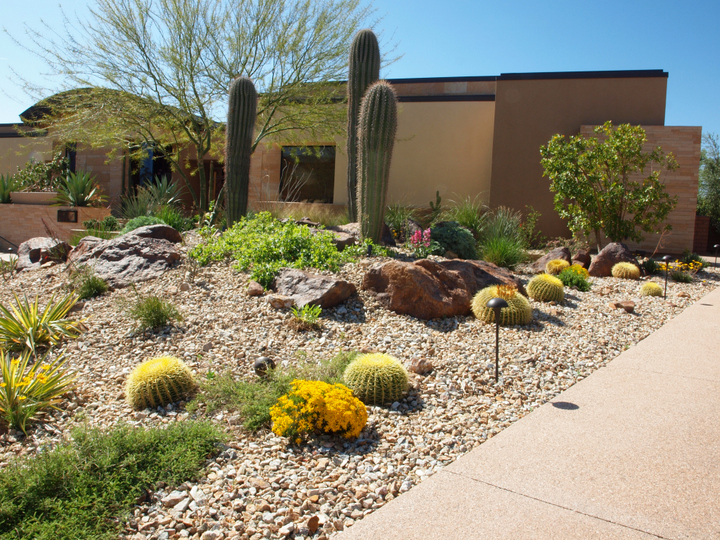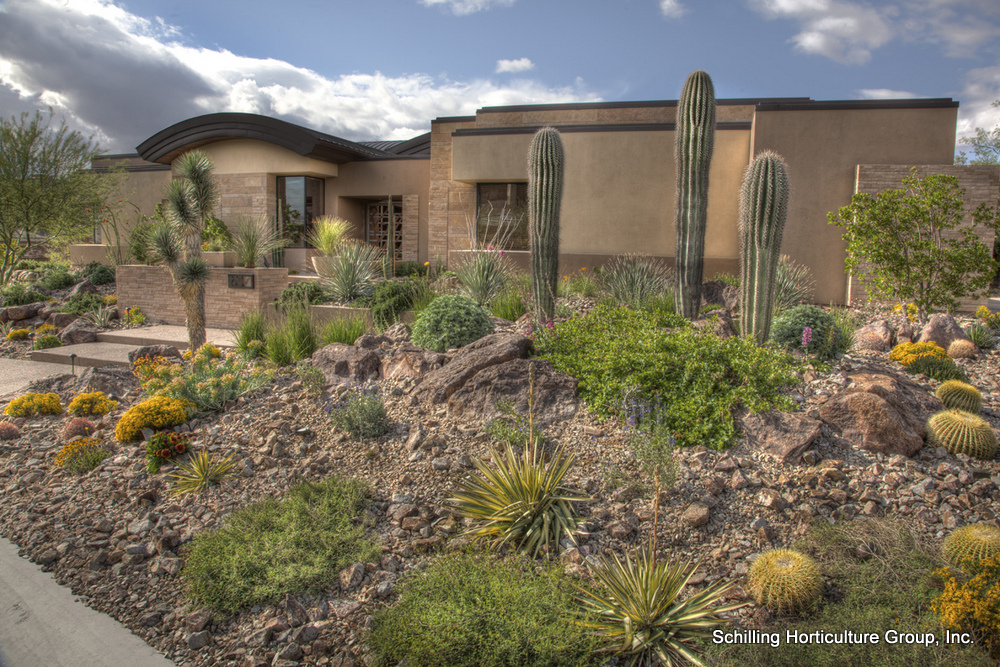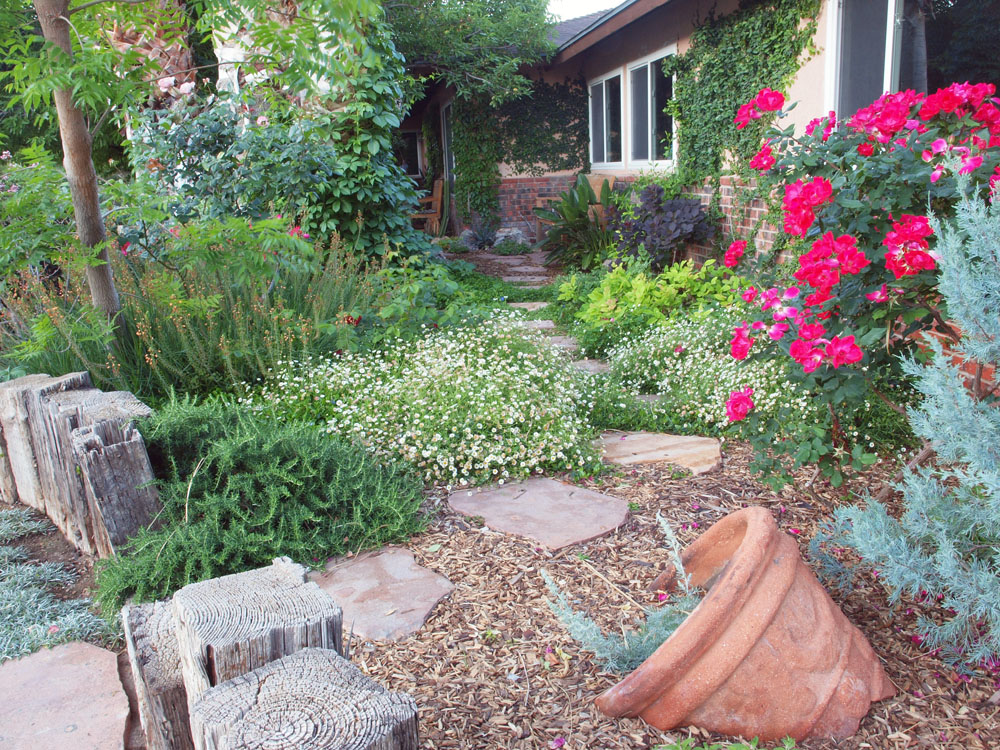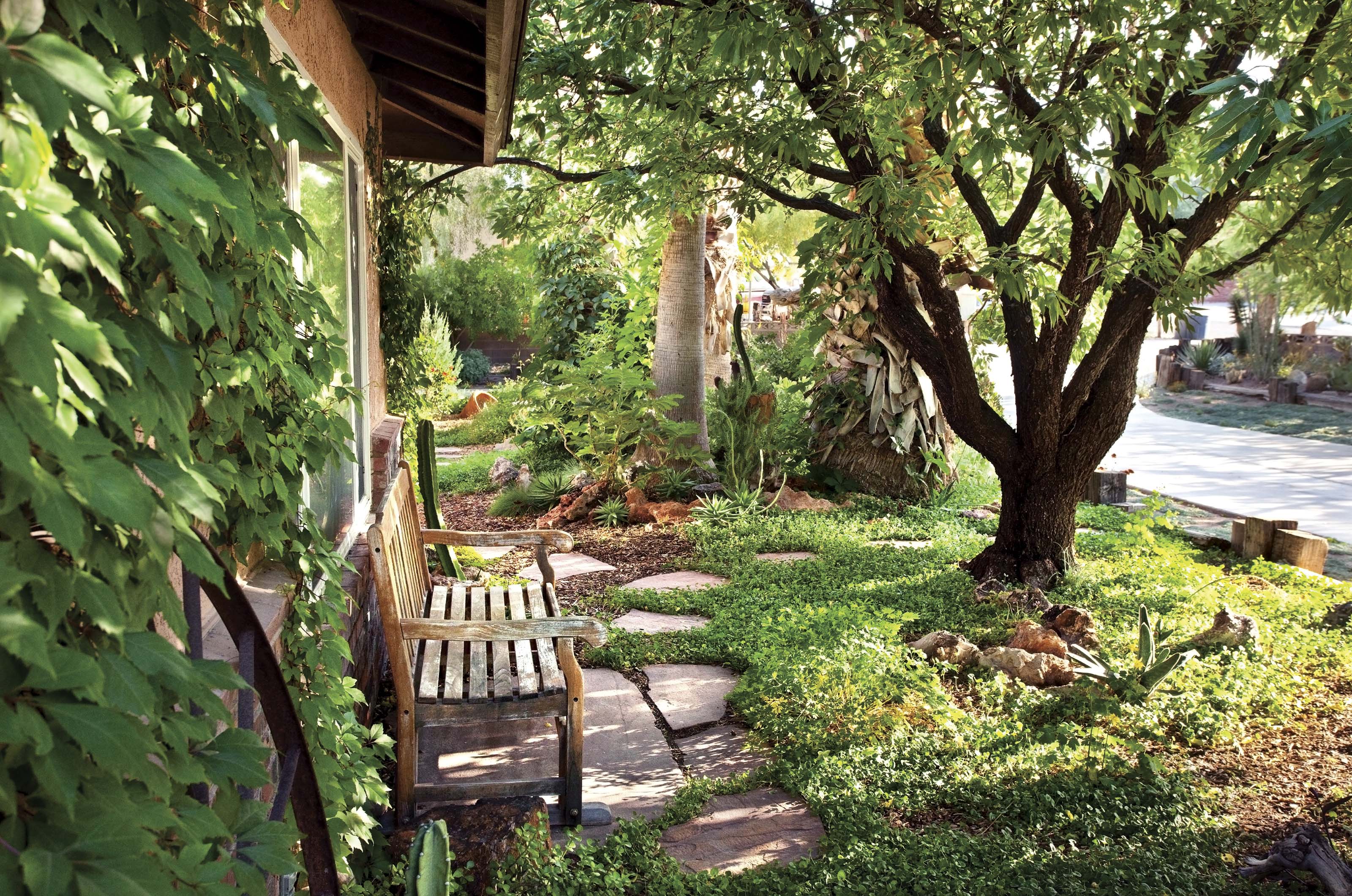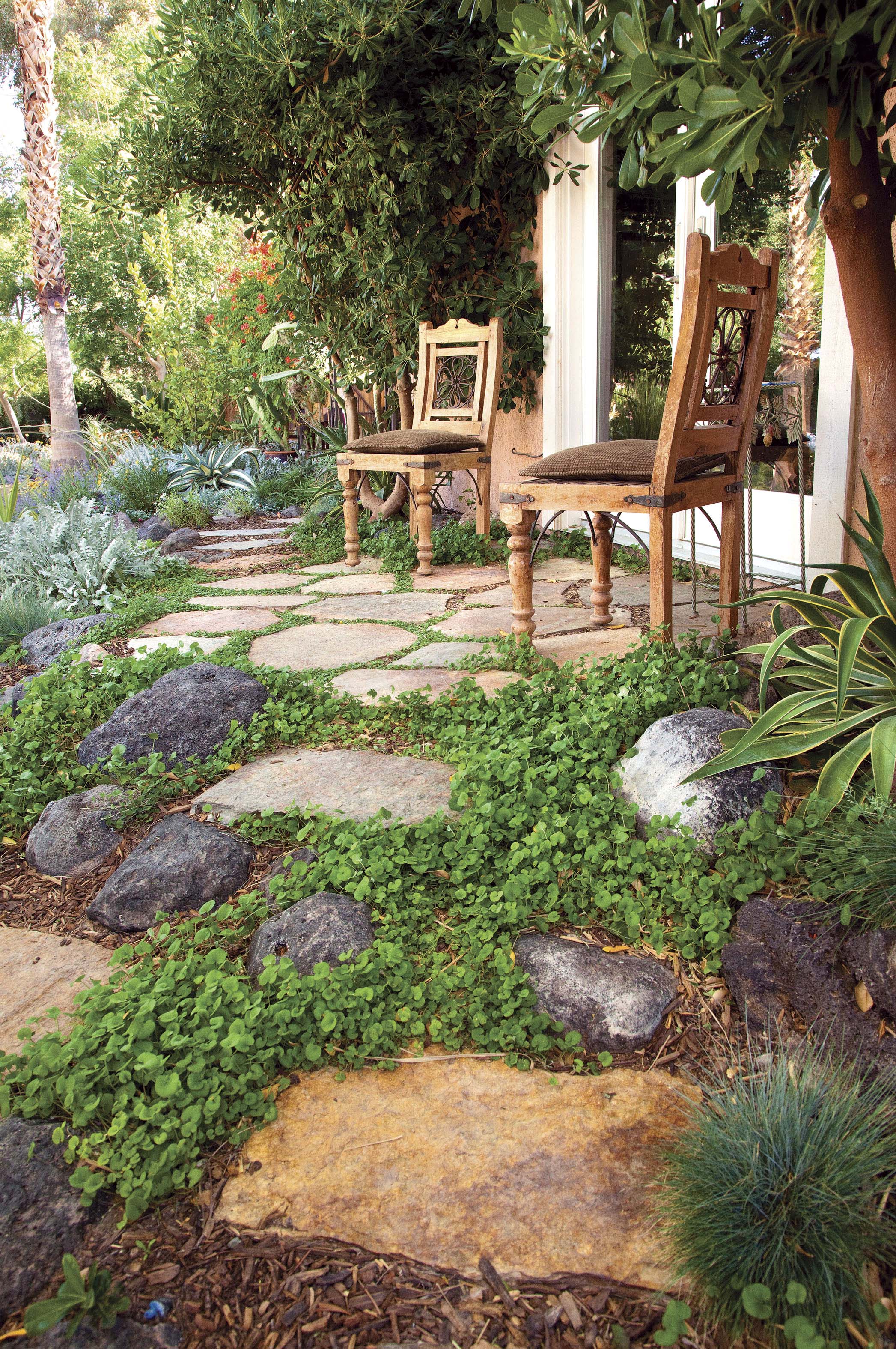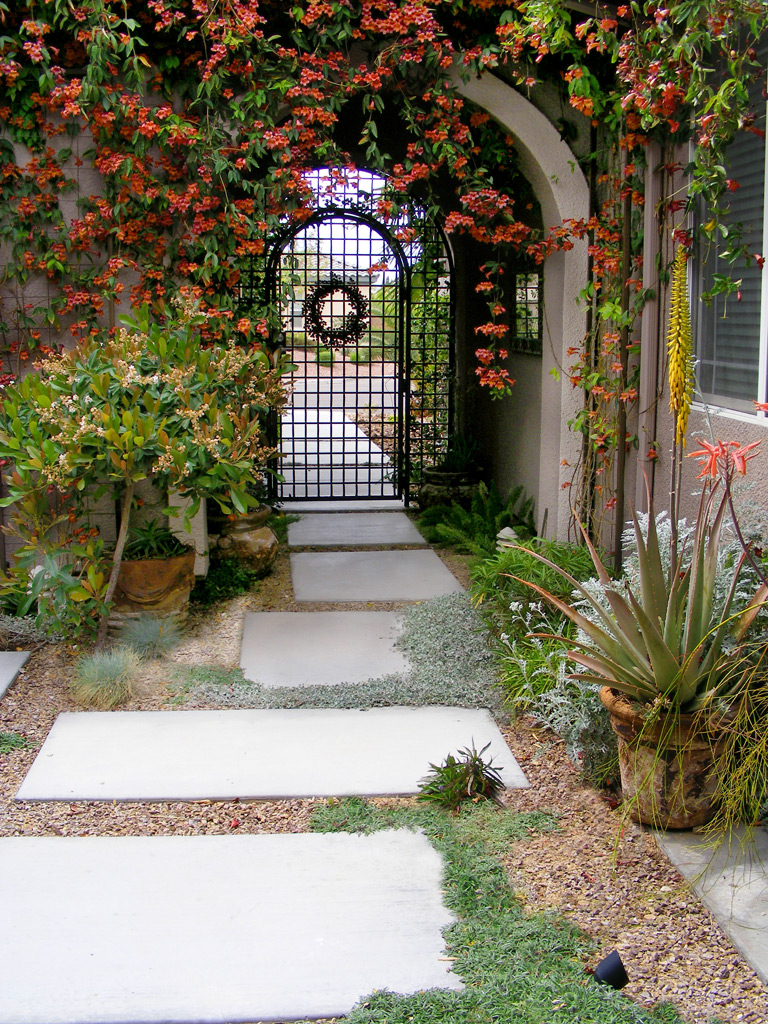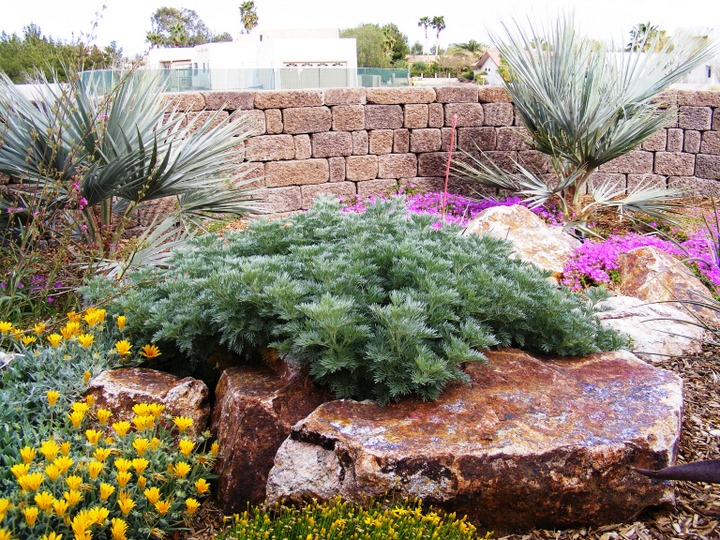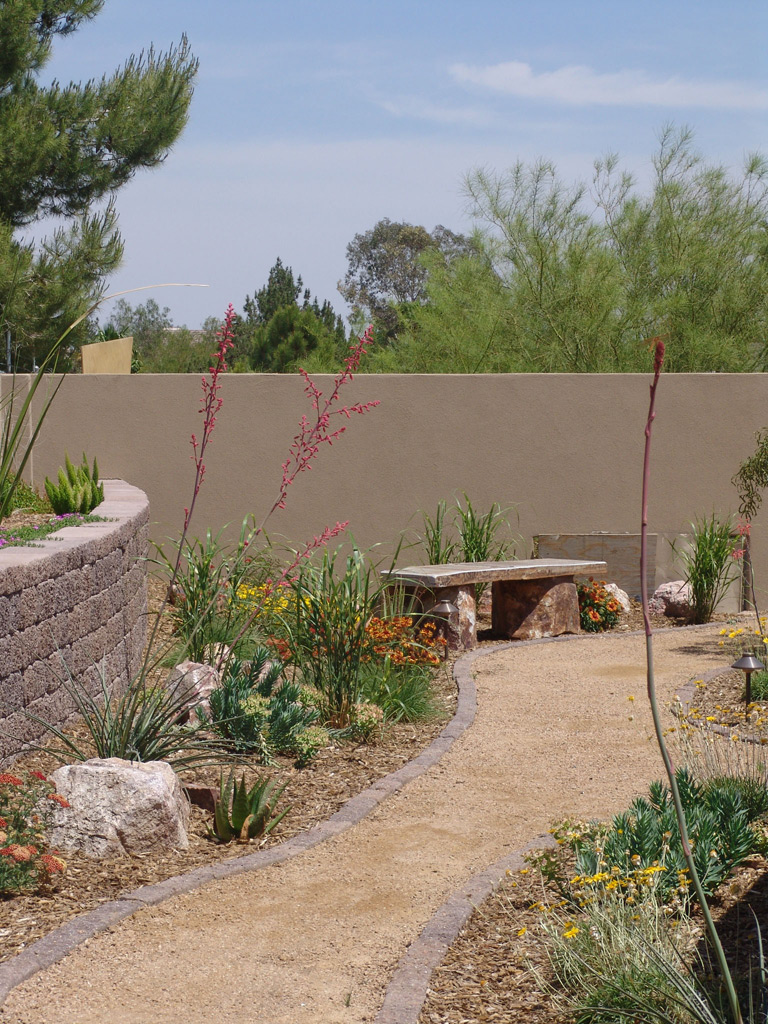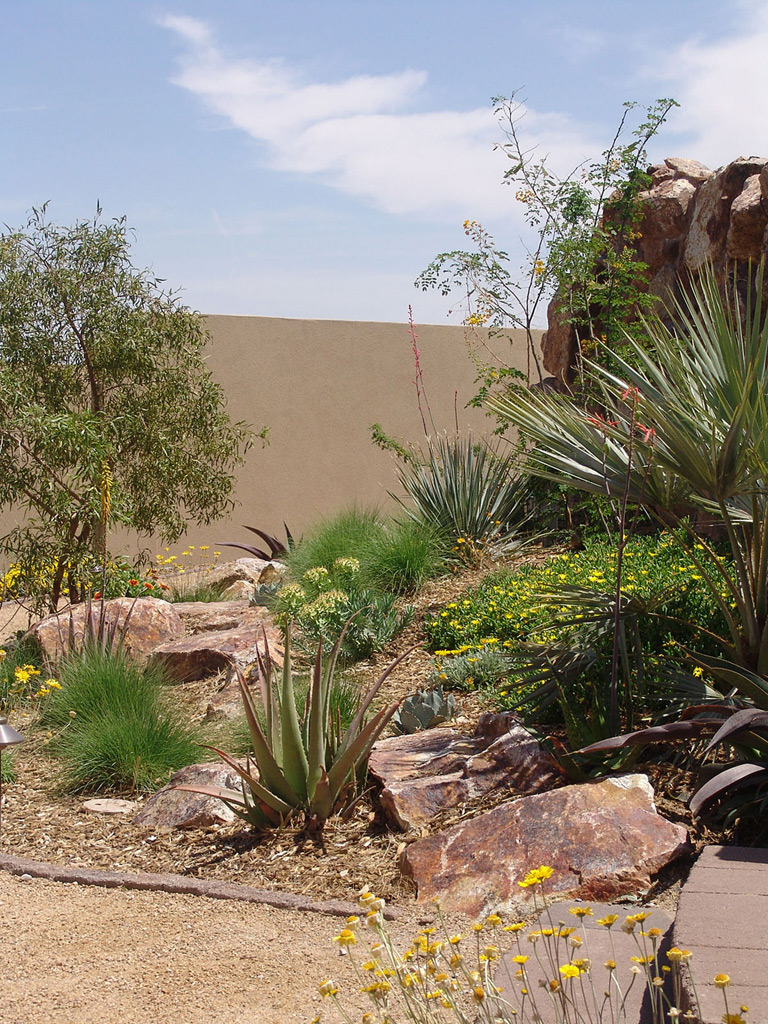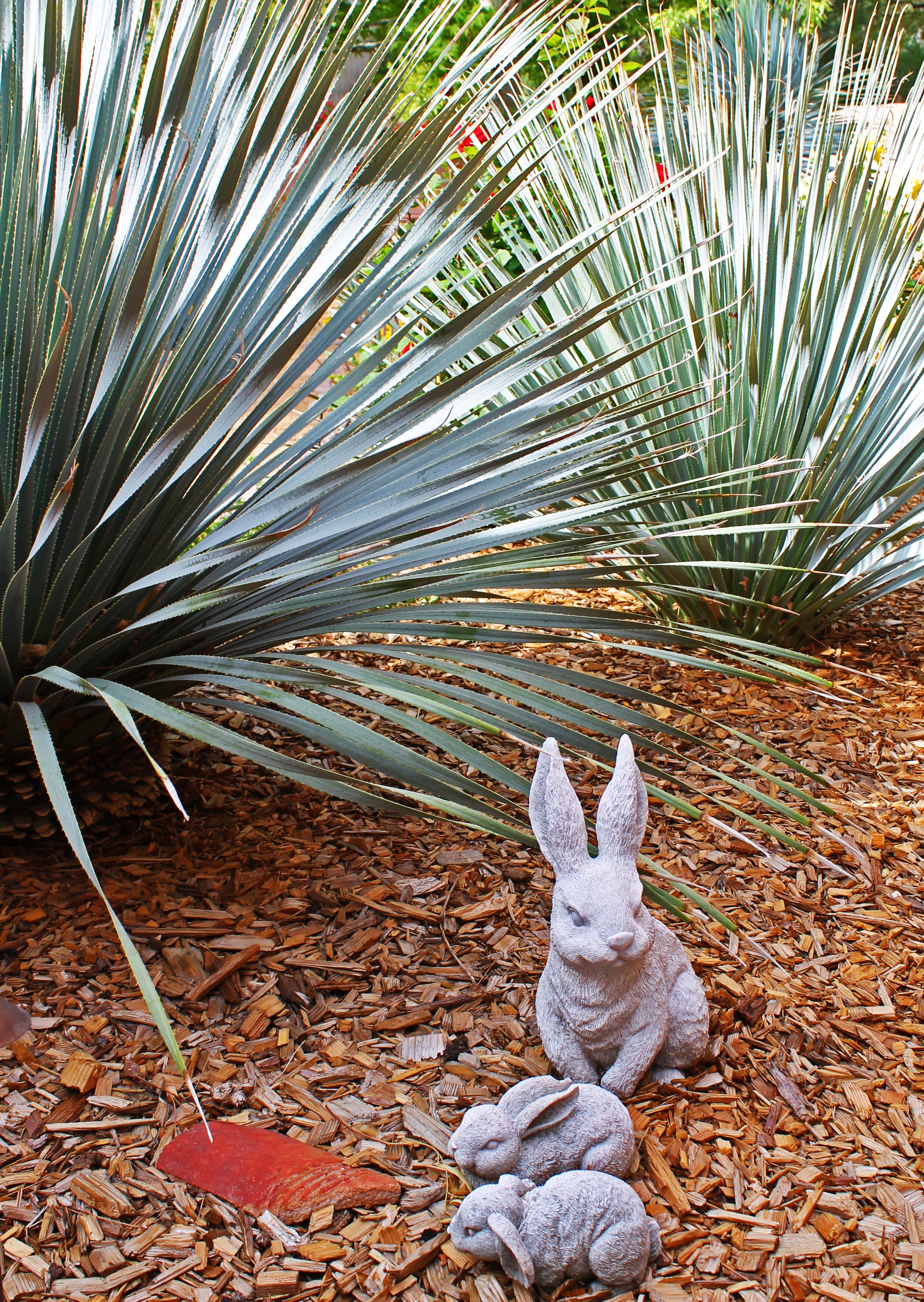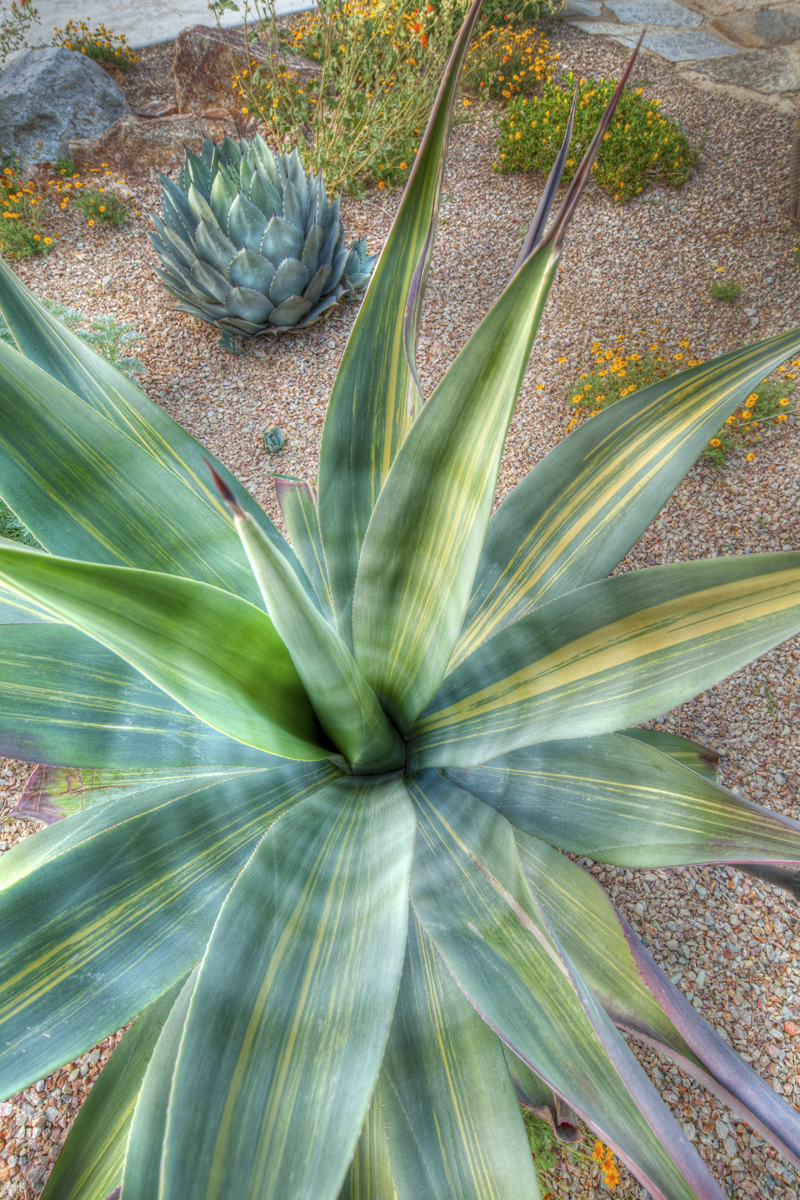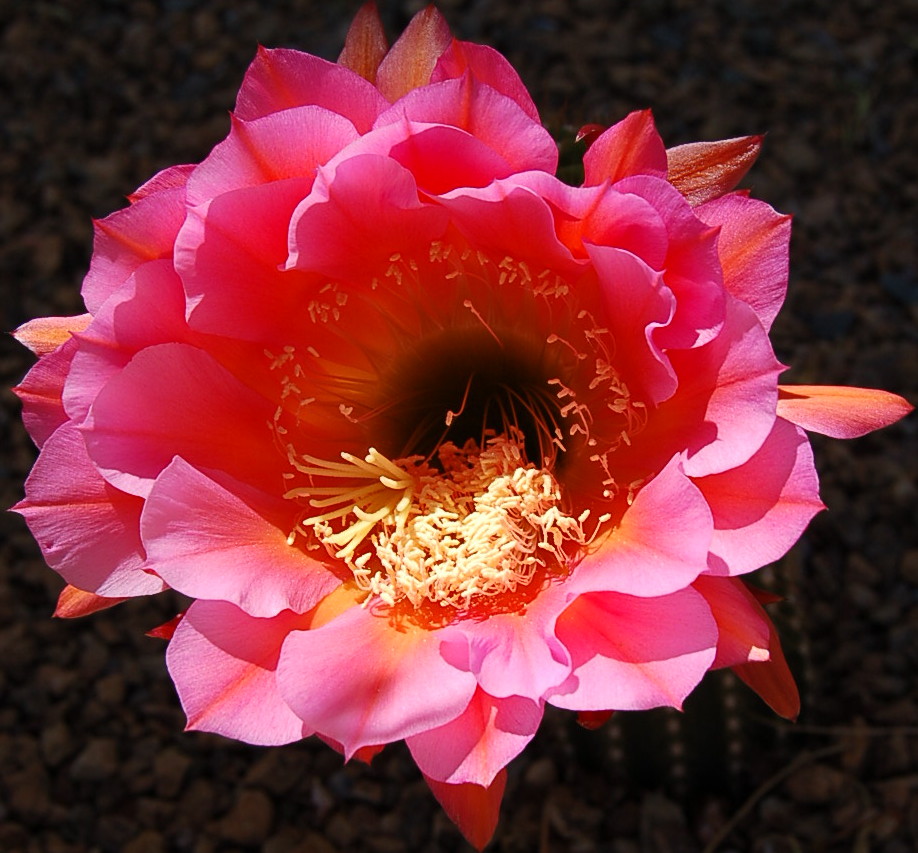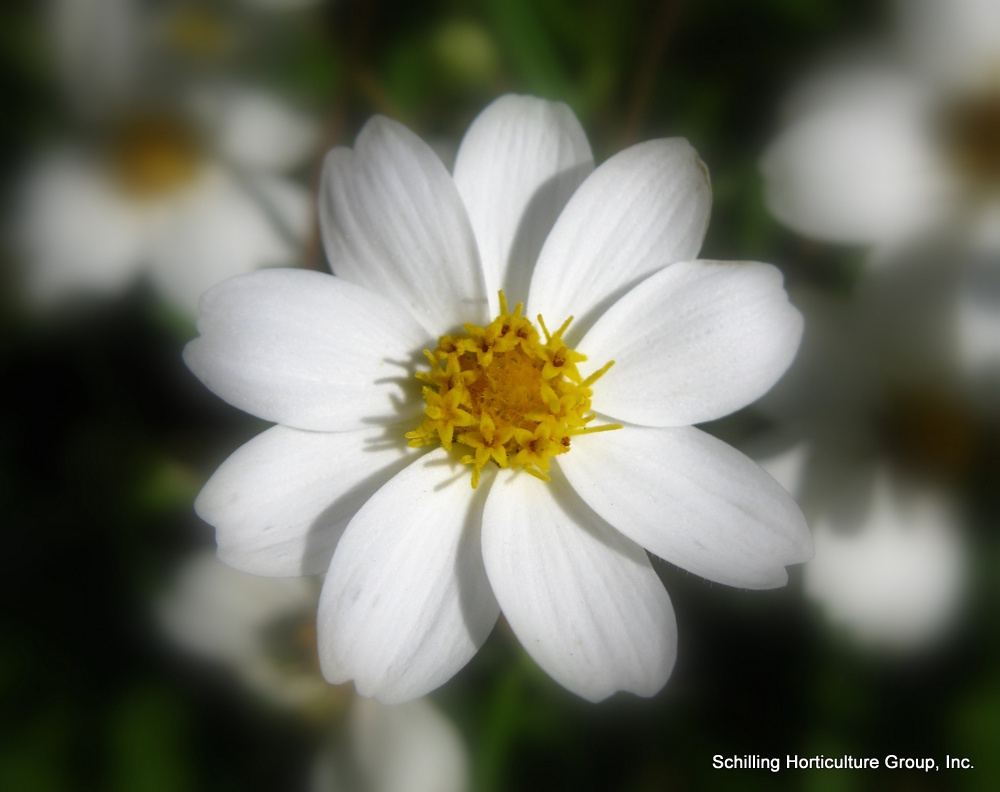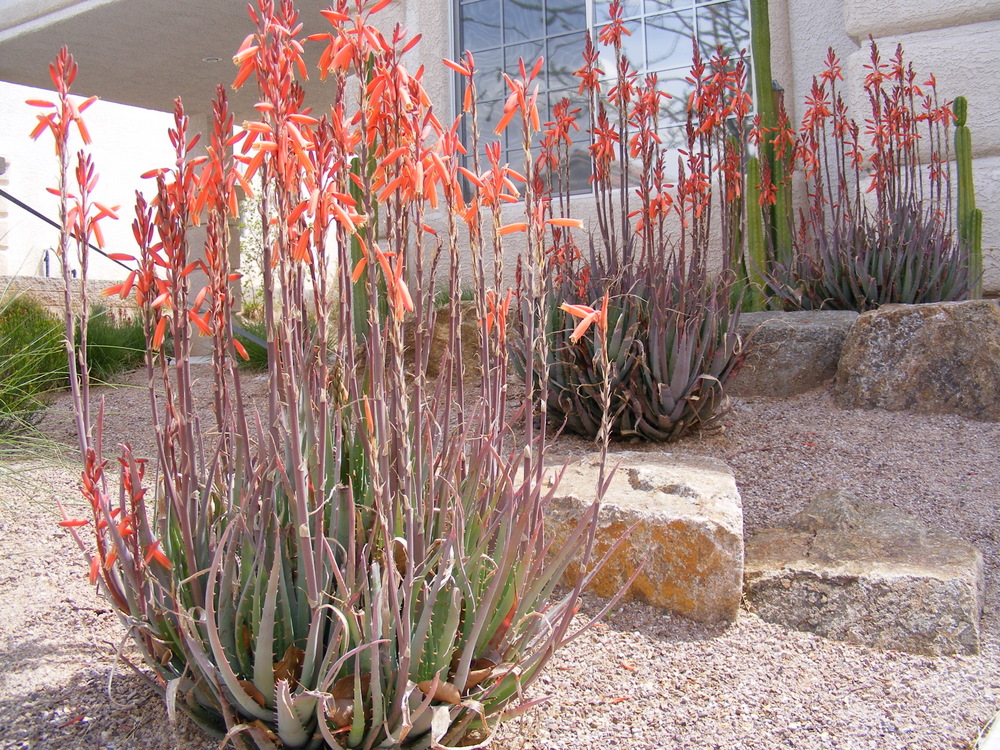LOPPERS
Loppers are just an over-sized version of hand pruners, built to be used with two hands rather than just one. Long handles provide torque to a much larger cutting head than those found on hand pruners.
As I mentioned in my post on pocket saws, I don’t use them to prune my plants and trees. The amount of torque provided by those long handles creates a lot of pressure on the cutting mechanism, resulting in a greater likelihood of at least some bruising of tissue, regardless of how sharp they are. If I need to make a cut bigger than my hand pruners can easily handle, out comes a pocket saw, not loppers.
But they’re still an important part of my garden’s arsenal. They’re very handy for cutting up larger branches already removed to stuff them into garbage cans or to take the weight off of a branch prior to making a final cut with the saw. A good pair of loppers makes short order out of such work.
When choosing loppers, I want the same type of cutting action as with pruners; a scissors-type cutting action. Those with an anvil and flat blade don’t cut anywhere near as well and require more force to use. I also seek out longer handles, as long as possible while still being comfortable to use. Mine have handles almost 3’ long, but I imagine shorter people might do better with handles about 2 to 2 ½’ (I’m about 6’ tall). Longer handles give more torque and power to the cut. Regardless, just be sure to handle the pair you’re thinking about buying so they’re comfortable for you.
I have loppers built by a company called Fred Marvin that I purchased several years ago. As I recall they were quite pricey, more than $40. However, as with any of my equipment, I’ve not regretted getting a really good quality product. The handles are solidly manufactured, so they’ll never give way (which I’ve seen with cheaper pairs). Solidly and simply engineered, they do an amazingly good job of slicing through fresh wood up to 1½” diameter. For cutting chunks of wood larger than that, out comes the pocket saw again.
While I highly recommend the Fred Marvin’s, Bahco also makes very good loppers and other pruning equipment. There are also cheaper products available that are still of decent or good quality. However, plan on spending at least $25 – $30 for a new pair. Cheaper than that and they’re probably not going to last and will take a lot more force to operate. I believe that in some ways the really good quality equipment is actually cheaper and more environmentally friendly; with care and sharpening, I expect mine will last a lifetime.
Care, sharpening and sterilization are the same as mentioned above in the posts on hand pruners and pocket saws.



